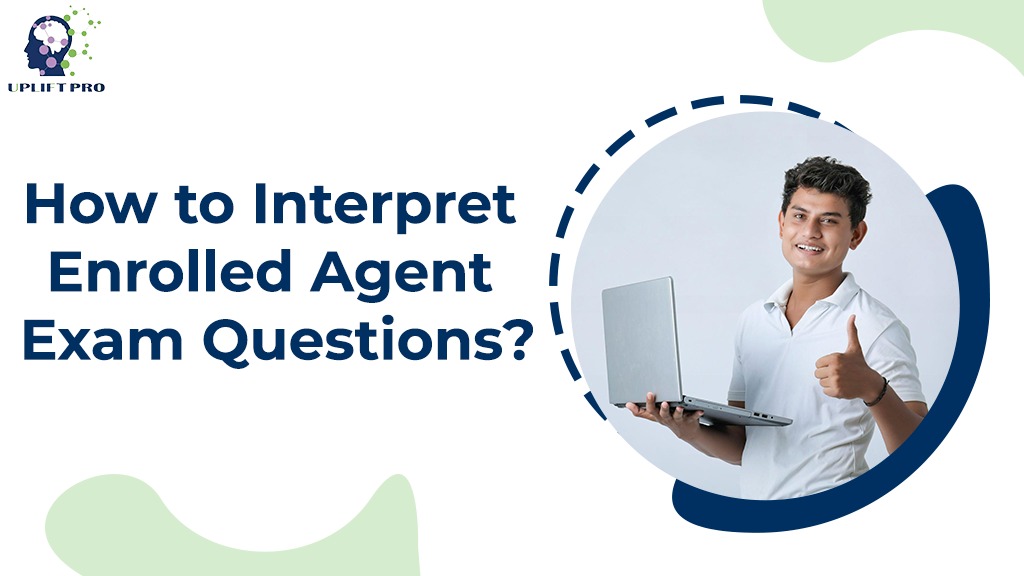How to Interpret Enrolled Agent Exam Questions? | Uplift Professionals
The Enrolled Agent (EA) exam commonly known as Special Enrollment Exam (SEE) and is conducted by the Internal Revenue Service (IRS) is composed of tricky MCQs which need some special approach to tackle by proper interpretation of the questions in the given form. The EA exam is administered by Prometric on behalf of the IRS […]
